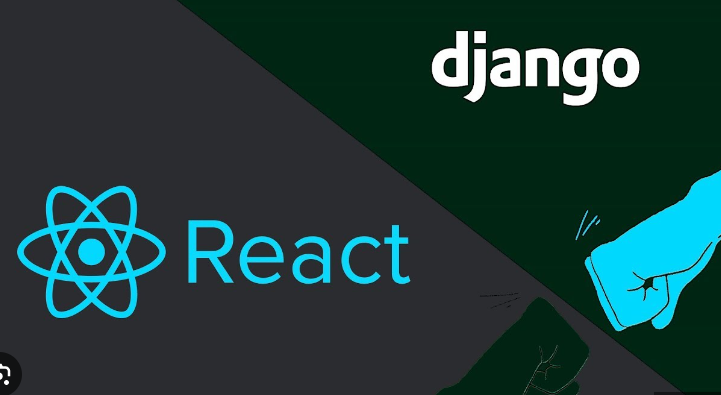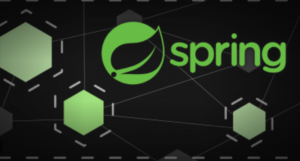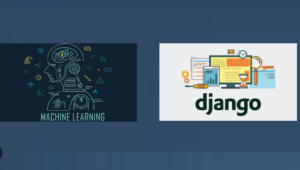Title: Django and React: Building a Full Stack Web Application
Introduction:
Combining Django, a robust and scalable backend framework, with React, a powerful JavaScript library for building user interfaces, allows developers to create modern and efficient full-stack web applications. In this article, we will explore the process of building a full stack web application using Django and React, leveraging their complementary strengths.
- Understanding the Django-React Architecture:
- Introduction to the Django-React architecture and its benefits
- Overview of the roles of Django as the backend and React as the frontend
- Explaining the data flow between Django and React components
- Setting Up the Development Environment:
- Installing Django and setting up a new Django project
- Creating a React application using tools like Create React App
- Configuring the Django project and React application to work together
- Building the Django Backend:
- Designing the database schema and creating Django models
- Implementing Django views and APIs for data retrieval and manipulation
- Integrating Django authentication and authorization mechanisms
- Creating RESTful APIs in Django:
- Implementing Django REST Framework for building APIs
- Defining API endpoints for CRUD operations on Django models
- Serializing and deserializing data between Django and React components
- Setting Up the React Frontend:
- Setting up React components and folder structure
- Configuring routing for different views in the React application
- Integrating CSS frameworks or UI libraries for styling the frontend
- Consuming APIs in React:
- Fetching data from Django APIs using JavaScript’s fetch or Axios
- Handling API responses and error cases in React components
- Rendering data dynamically in React components
- Building User Interfaces with React Components:
- Creating reusable and modular React components
- Managing component state and props for dynamic rendering
- Implementing forms, validation, and user interactions in React components
- Handling Authentication and Authorization in React:
- Integrating authentication mechanisms like JWT or session-based authentication
- Managing user sessions and authorization in React components
- Protecting routes and restricting access based on user roles
- Implementing Real-Time Functionality:
- Integrating real-time features using Django Channels and WebSockets
- Implementing real-time notifications or chat functionality
- Synchronizing real-time data updates between Django and React
- Deployment and Production Considerations:
- Preparing the Django backend and React frontend for deployment
- Configuring production settings and environment variables
- Deploying the full stack application to a hosting platform or server
- Testing and Debugging:
- Writing tests for Django APIs and React components
- Debugging issues in the Django-React application stack
- Logging and monitoring techniques for production debugging
Conclusion:
Building a full stack web application with Django and React combines the strengths of a powerful backend framework and a flexible frontend library. By following the steps and best practices outlined in this article, you can create feature-rich web applications that provide seamless user experiences. Whether you’re building a simple web application or a complex enterprise-grade solution, Django and React provide a solid foundation for full stack development.




